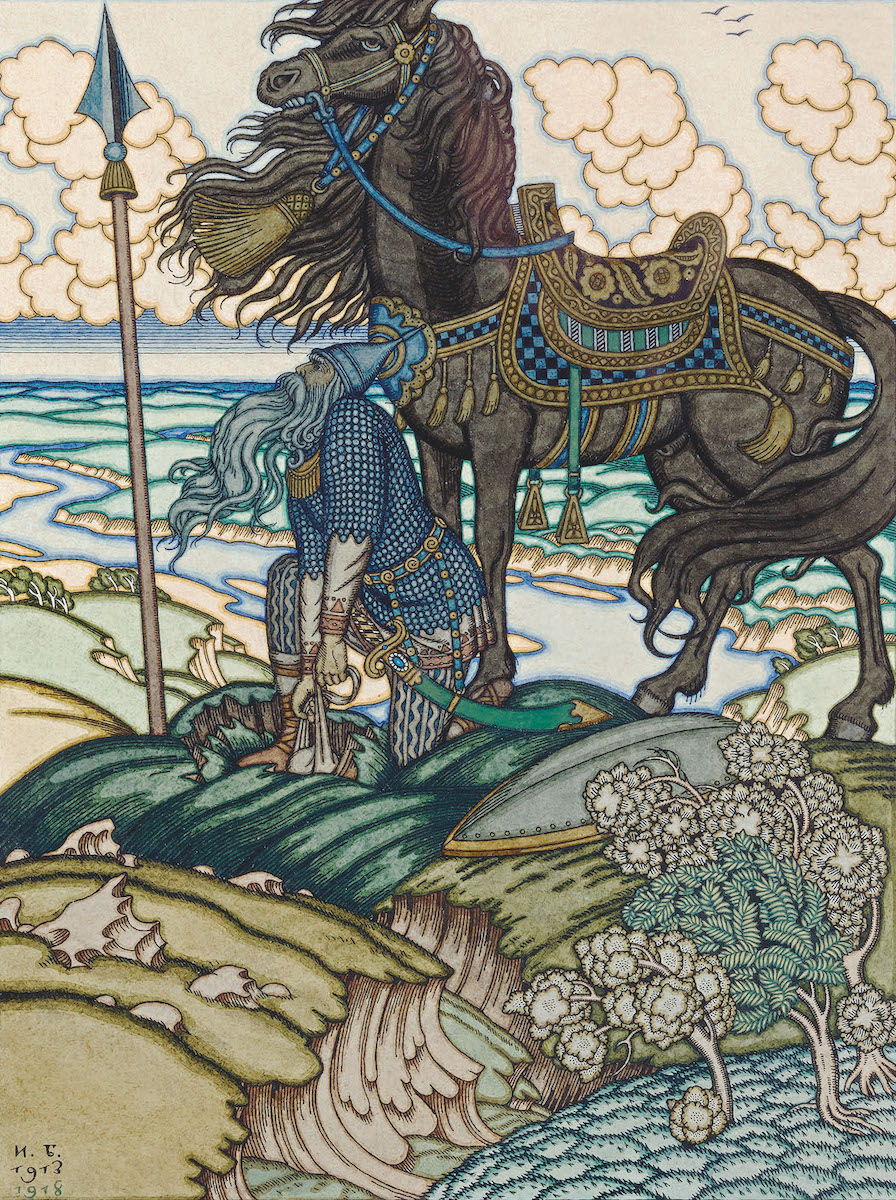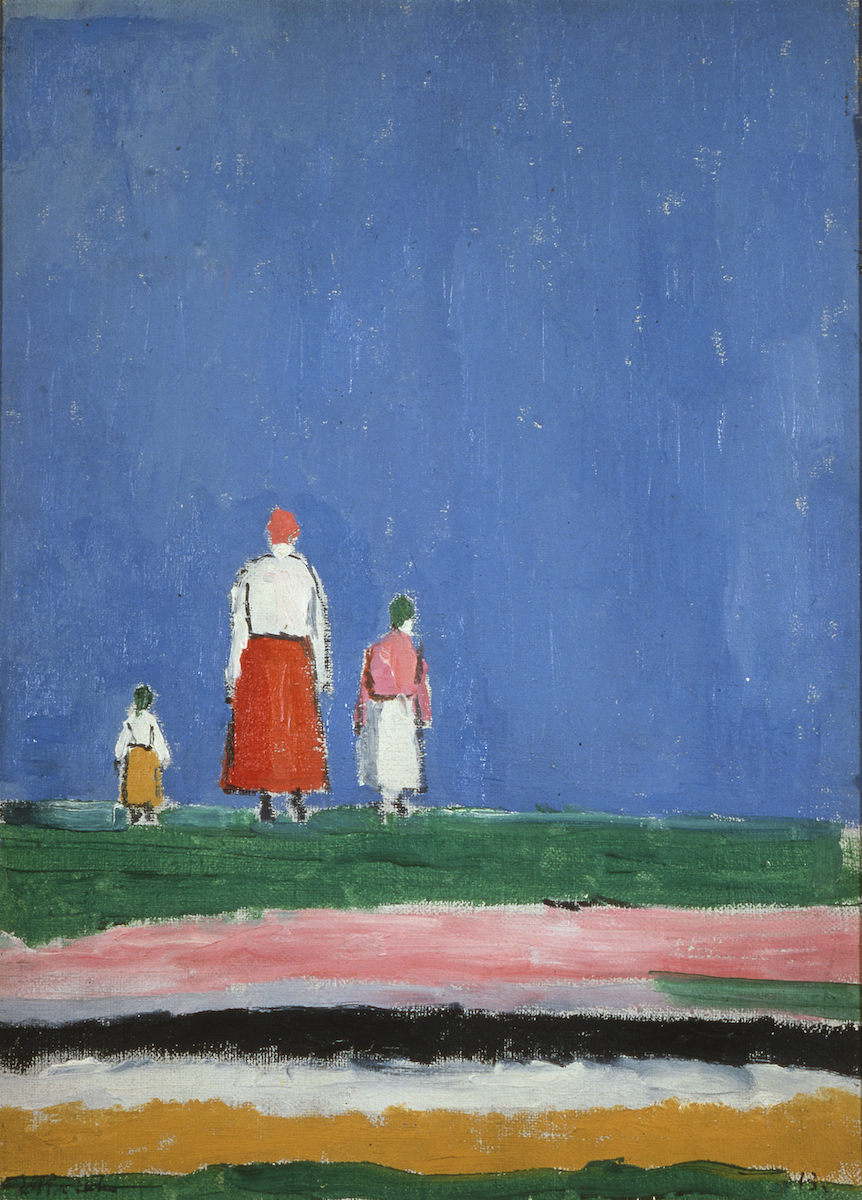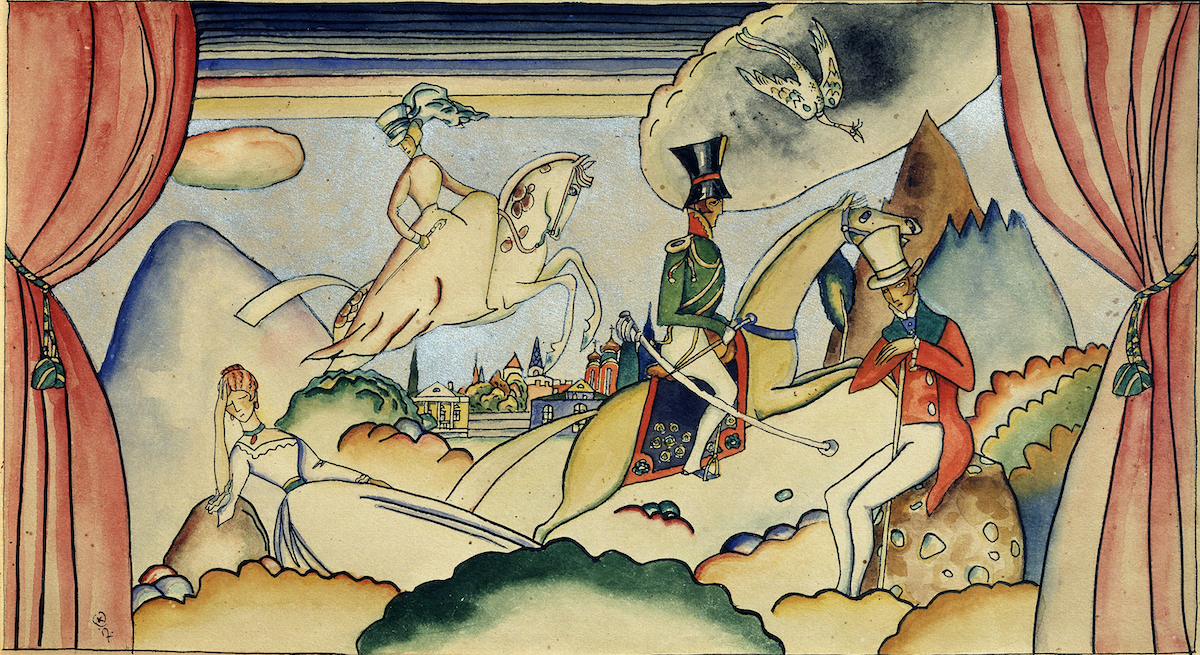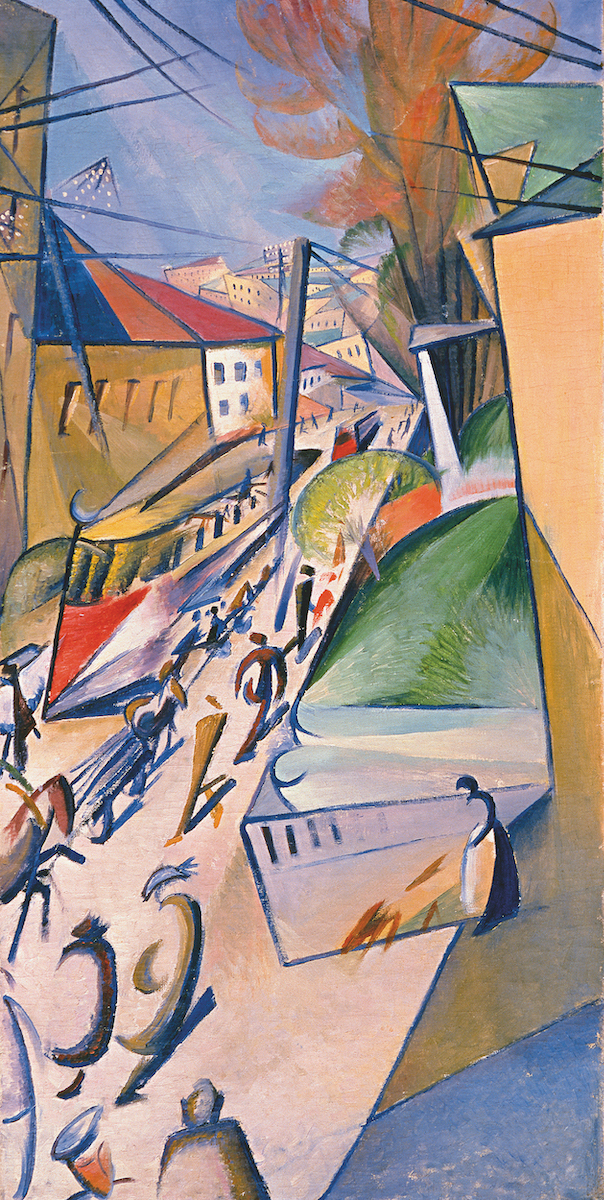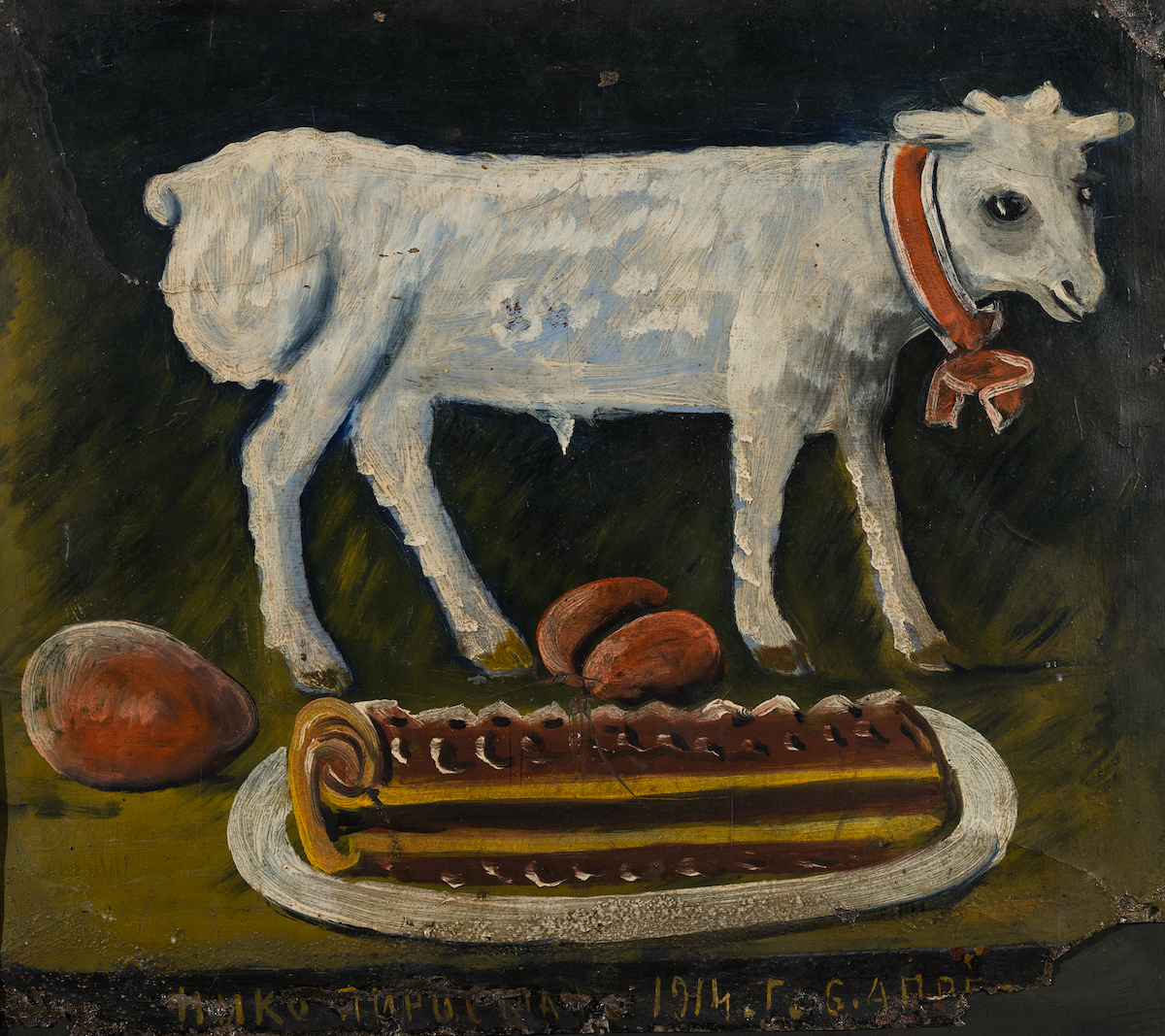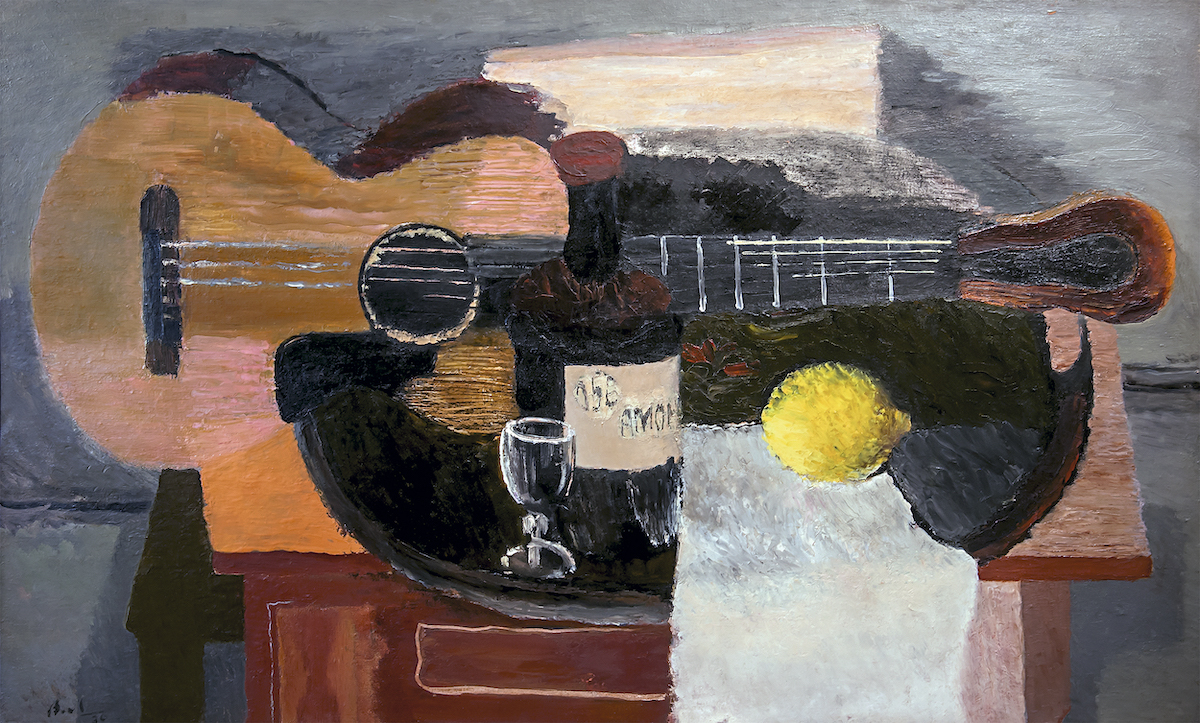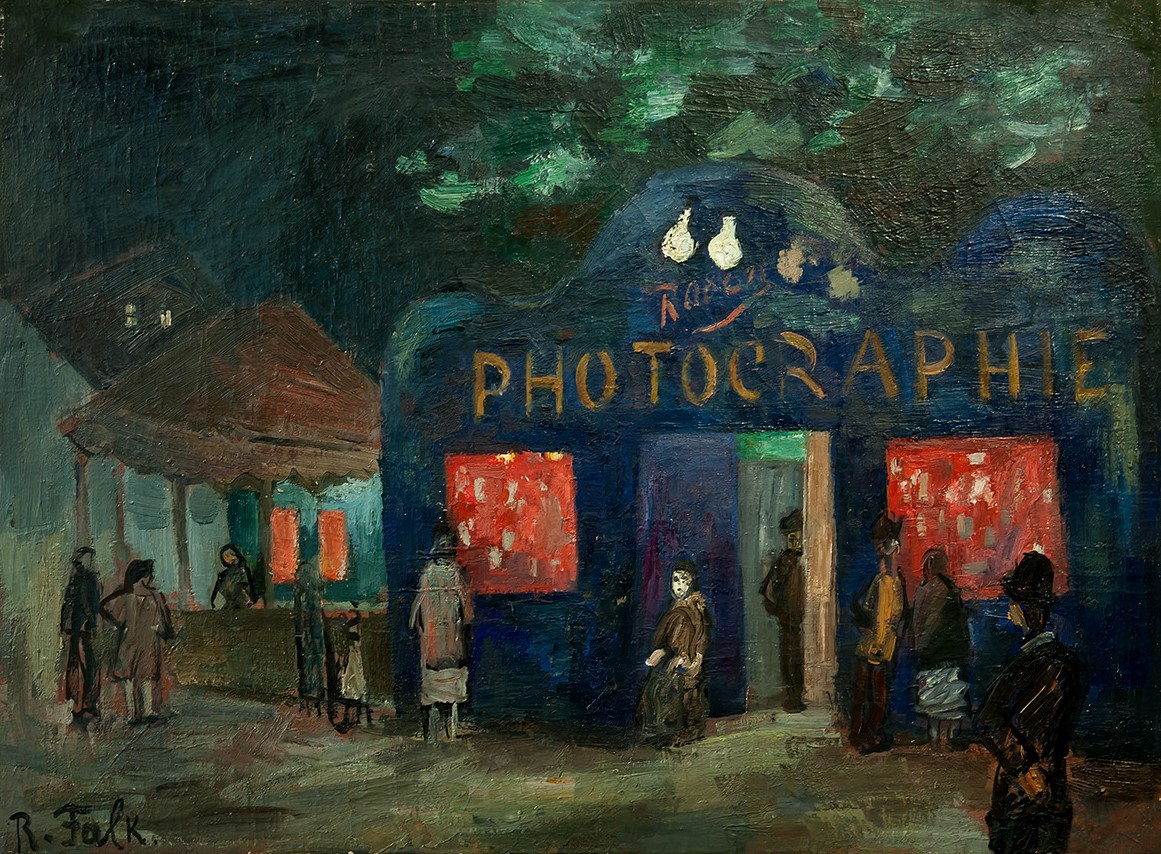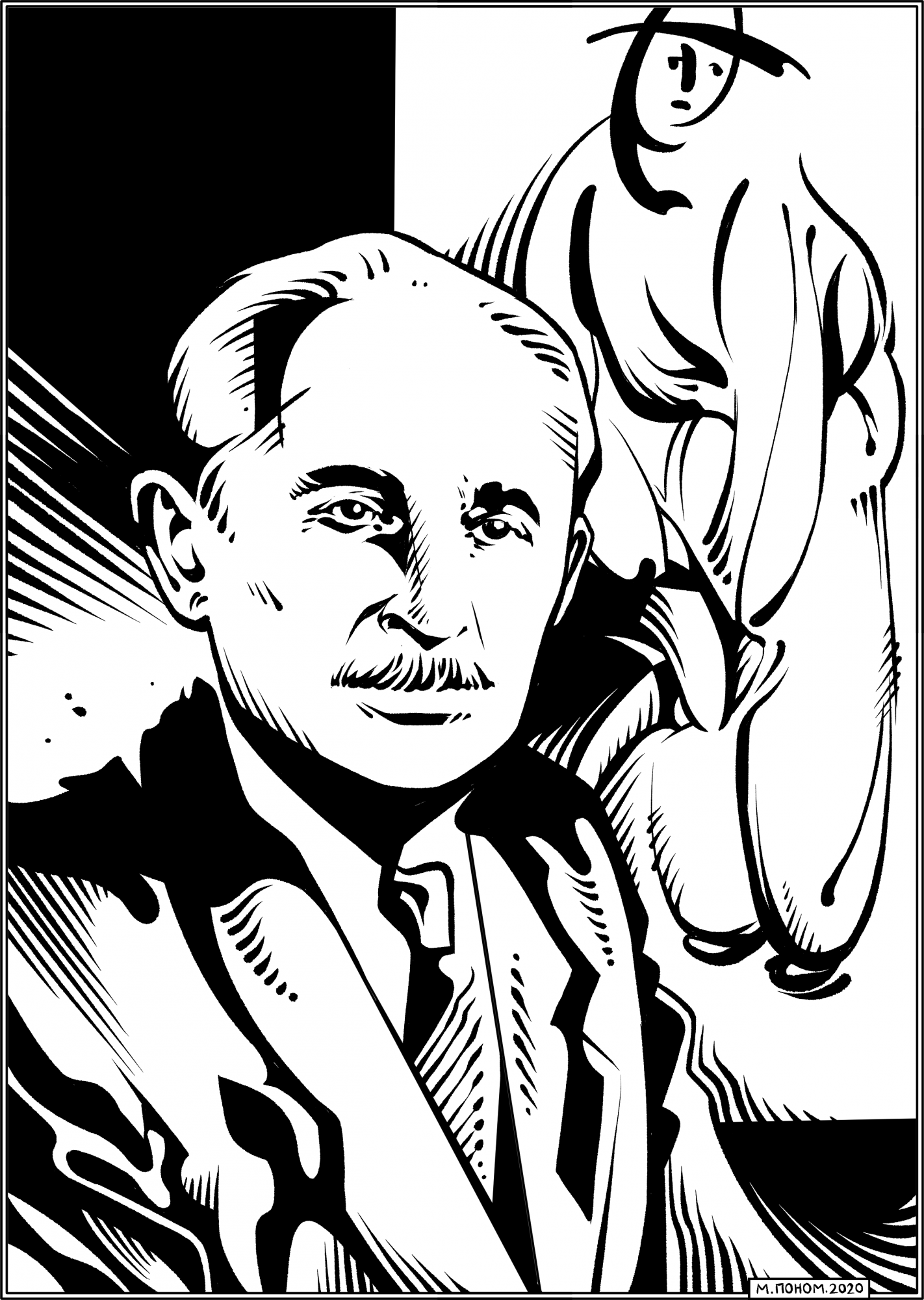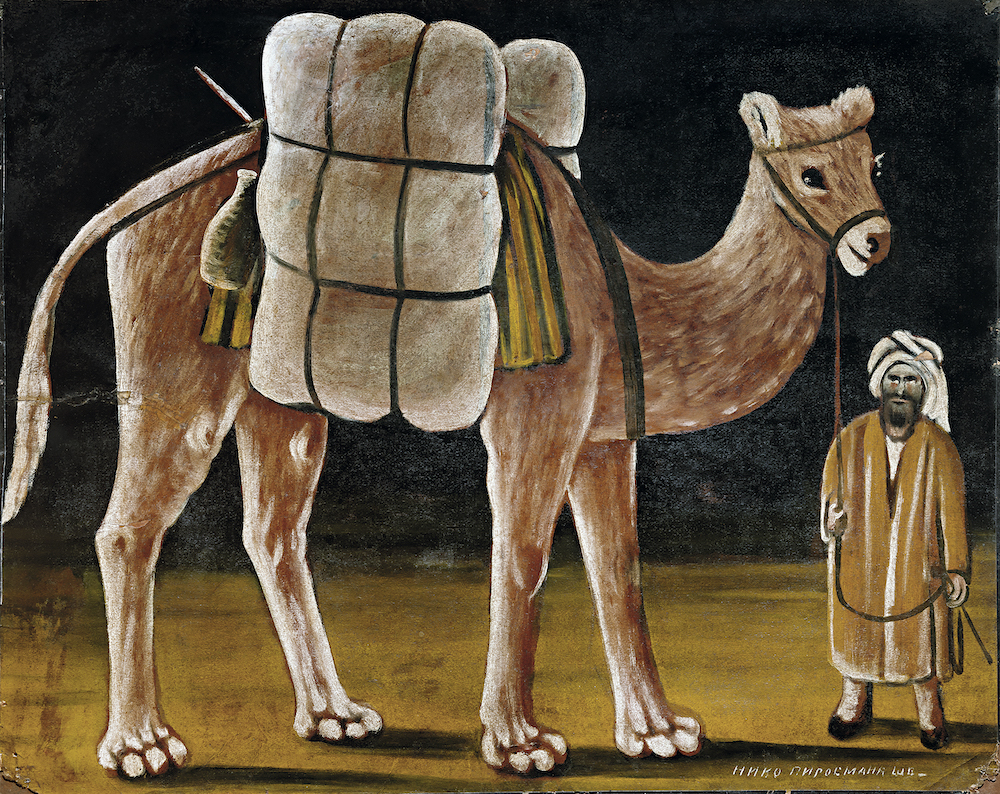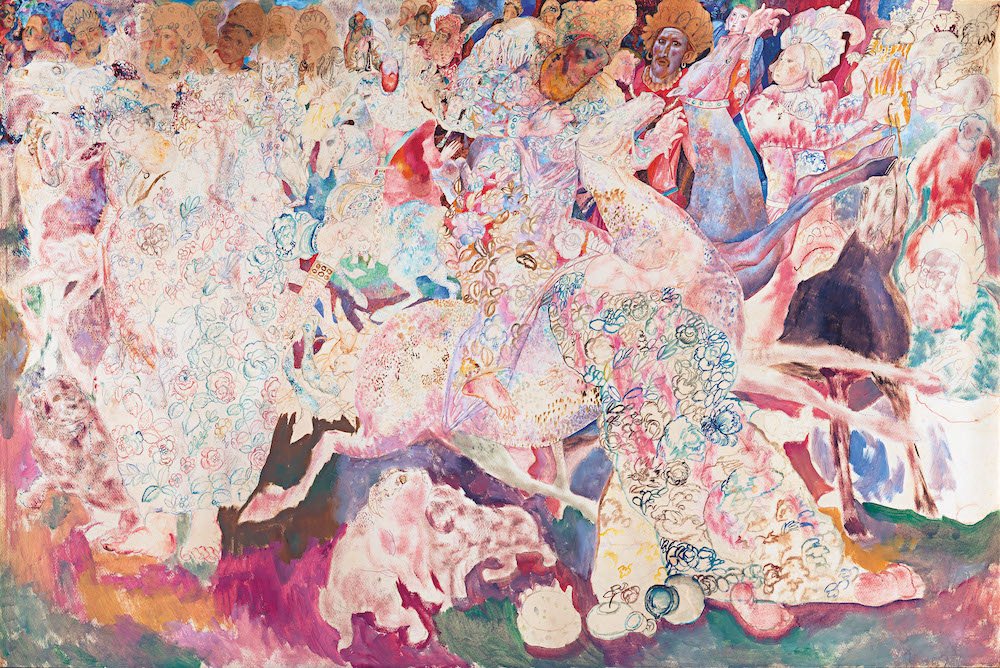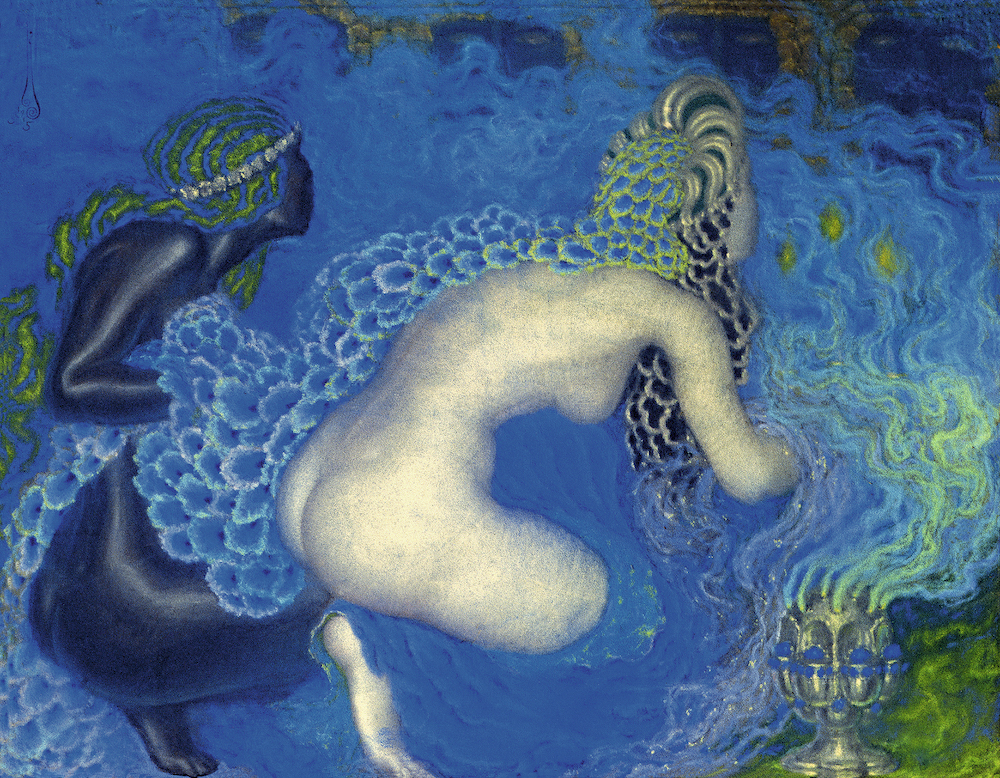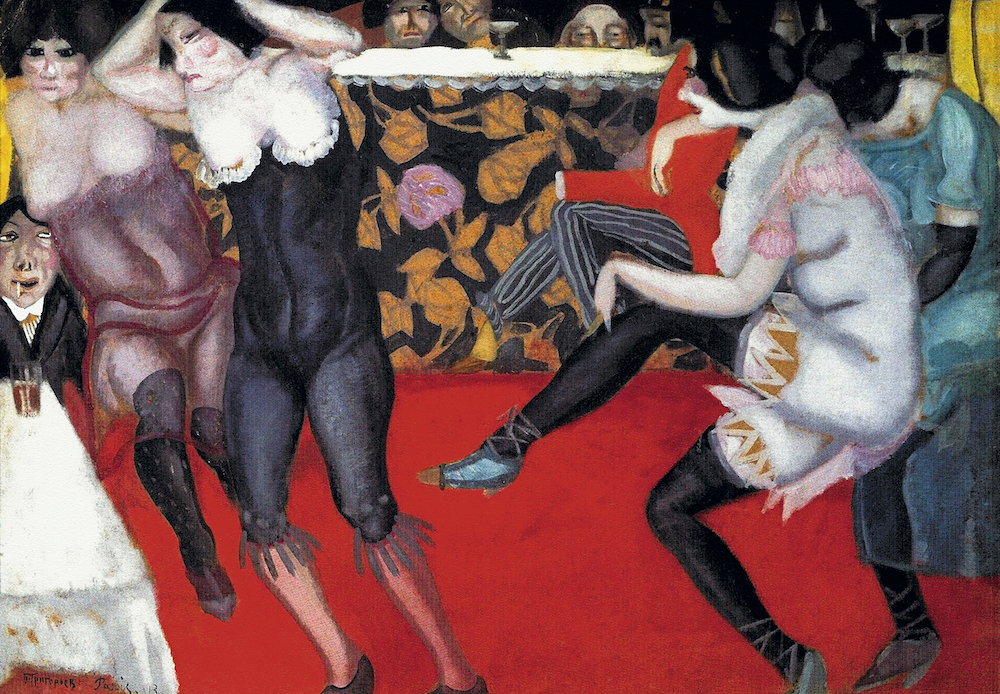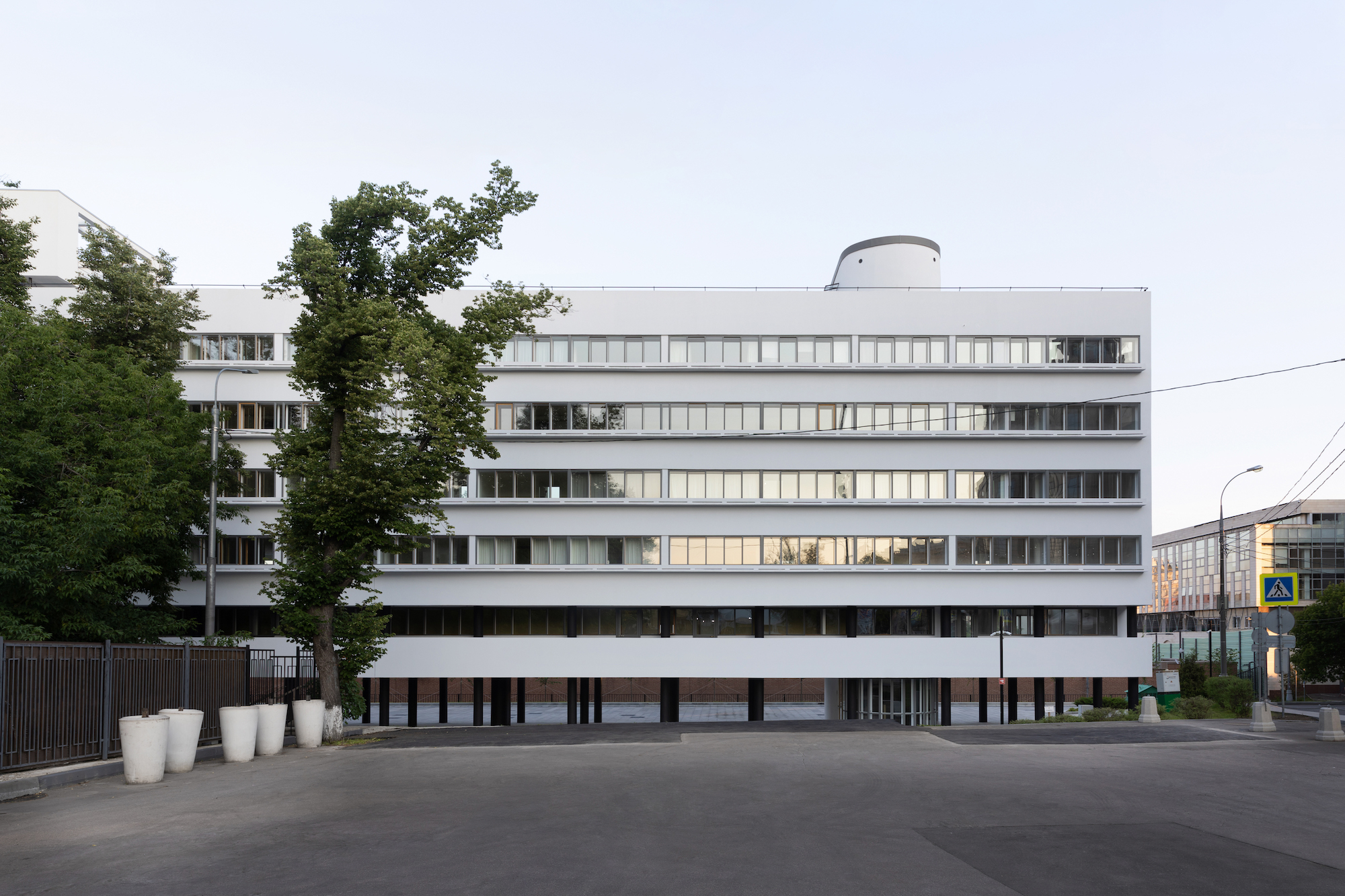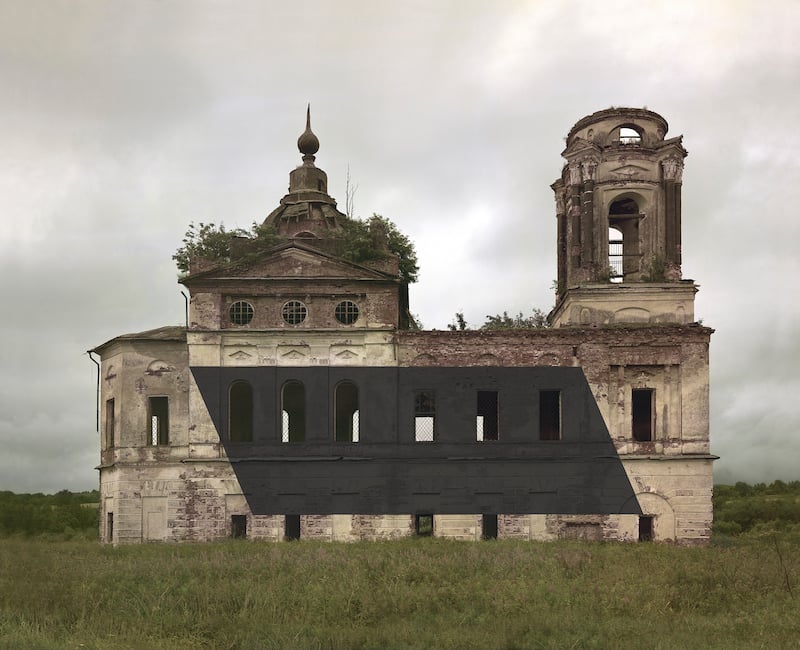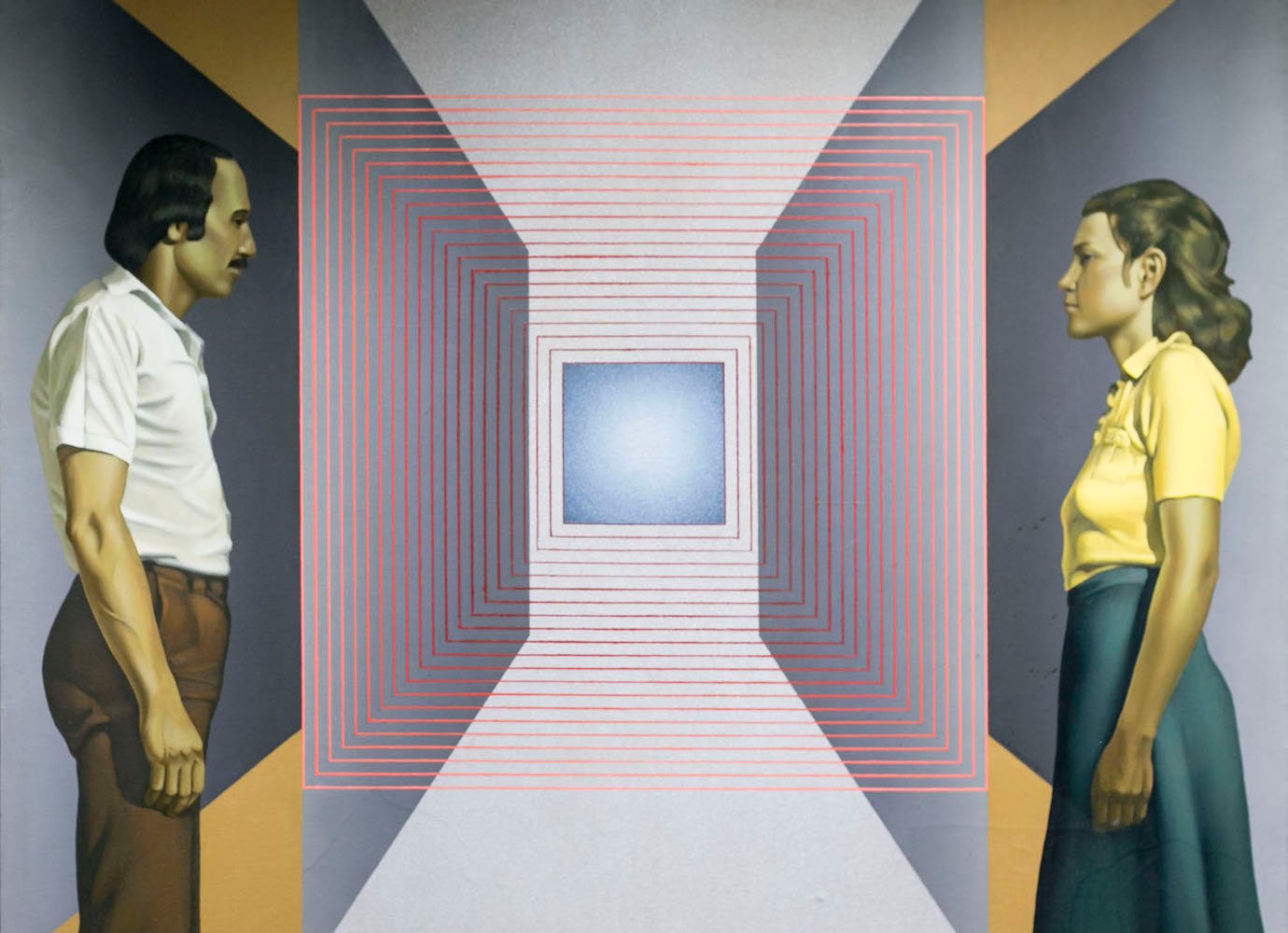The story of the Soviet citizens who saved Russia’s modernist masterpieces
“The fate of all outstanding Soviet art collectors is comprised of squalid entrances, broken banisters, and cartridge clips of doorbells,” the pre-eminent Leningrad art-lover, collector, and film director Solomon Shuster wrote about his fellow connoisseurs. “But on the inside [of their apartments], as in Hauff’s fairytales, was the glow of beauty.” Shuster was just one of many Soviet citizens who tried to escape mundane socialist routine by travelling to the wonderland embodied in Russia’s unconventional, modernist paintings from the early 20th century. He and his fellow collectors sought true art, untouched by the lethargic, stiff socialist realism, to fill their collections. But buying such pieces was fraught with risk. The Soviet authorities considered avant-gardists, nonconformists, and all other modernists to be inimical to the newly-established communist ideology, which preached cultural unification and disapproved of private ownership. Collectors who sought and obtained art by persecuted masters risked not only their wealth and property, but also their freedom. Yet throughout the Soviet Union, a select band jeopardised their positions to snap up modernist paintings, preserving what would later become a generation’s artistic legacy.
The latest exhibition at Moscow’s Museum of Russian Impressionism, Seekers of Art, honours these collectors, who are usuallyovershadowed by the artists they championed. Until 19 August, visitors will be invited into the artistic alternative worlds built up by 14 Soviet collectors. The installation features more than 70 artworks from Russian and Soviet artists of the first third of the 20th century, from Konstantin Korovin and Alexandre Benois to Vladimir Tatlin and Kazimir Malevich.
The lives of Soviet art collectors — who were usually among the intellectual elite of scientists, doctors, and artists — resembled detective stories, with forays into the black market, midnight bargaining, threats, arrests, police raids, robberies. The exhibition embraces the 1950-1980s, the period between Khrushchev’s thaw and Gorbachev’s perestoika. Photos by Igor Pilman and Leonid Ogarev, modernist paintings, and art-nouveau collectors’ portraits recreate the isolated universe formed by artists, their works, and collectors. They also document the striking contrast between this world and the socialist realist tradition. Pilman’s black and white images capture laconic views of Soviet cities from Moscow to Tashkent, with their identical propaganda posters. Ogaryov’s pictures, meanwhile, focus on the collectors’ households, reflecting warmth, liveliness, and spiritual wealth. This gulf between two worlds is a recurring motif throughout the show. “I’ve always wanted to show that even after the Russian Revolution in 1917, when major private collections were nationalised, the volume and scope of art collecting continued,” Anastasia Vinokurova, the exhibition’s curator, told The Calvert Journal.
Image: Abram Chudnovsky's apartment, Leonid Ogarev, early 1990s.
During the Soviet era, citizens could legally purchase artworks in second-hand shops working on commission. Before making new acquisitions available to the public, the staff often arranged “private viewings” for a select circle of customers, showcasing their best items. Avant-garde works, however, could not be bought on commission due to censorship, and were only available to a narrow clique of collectors acquainted with the artists, their friends, and heirs. As one of the most influential Soviet collectors, Valery Dudakov, told curator Anastasia Vinokurova and art historian Anna Petrova in an interview: “Natalia Goncharova and Mikhail Larionov’s paintings cost 8 roubles, the same as 2 bottles of vodka. Impressionist landscapes by David Burluk were sold for pennies.” Nowadays, such works of art are sold for record sums. Goncharova’s Street in Moscow (1909), sold at Sotheby’s New York for more than $6 million in 2011.
Image: Valery Dudakov's apartment, Leonid Ogarev, early 1990s.
Solomon Shuster referred to his hobby as “a manifestation of independence” and “freedom”. For cardiologist Alexander Myasnikov and urologist Aram Abramyan, collecting was a means of escape from nerve-wracking weekdays. Agrophysicist Abram Chudnovsky deemed scientists to be the most sensitive and astute collectors: “It is crucial for people with a hunger for spiritual life to nourish themselves constantly with emotional impulses,” he said. “Their passion for art stems from scientific interest: scientists seek harmony, beauty, and the internal supremacy reflected in outward things.” Collectors nurtured their love of beauty, sought the original and extraordinary in order to dilute the ubiquitous pragmatism and homogeneity around them. “I created my own world that protected me from a reality I didn’t really like,” professor Igor Sanovich said about his own collection.
The Calvert Journal looks at six of the collectors who saved Russian art’s greatest treasures. Compiled by Sofia Bogdasarova, they describe the contradictory, perplexing lives of people who were forced to face down authoritarianism and cultural unification while striving to assert their own artistic individuality.
Aram Abramyan
Aram Abramyan was a leading Soviet urologist who treated Stalin, Brezhnev, and a whole host of other Kremlin apparatchiks. In 1969, he was named a “Hero of Socialist Labour” and received the Order of Lenin. A scrupulous surgeon, with a striking posture, clear voice, and a sharp, captivating glance, Moscow collectors recall Abramyan’s passionate excitement for new paintings. He was a brisk and sly art collector, taking pieces right from under rivals’ noses. Konstantin Somov and Boris Kustodiev’s bright artworks in particular evoked in him endless joy. If a painting cost too much, he would bring it home and turn it towards the wall as a punishment.
After retirement, Abramyan set his eye on the impossible: persuading the government to accept and support his artworks. The Museum of Russian Art in Yerevan was built with state support exclusively for his collection, and remains open to visitors even today. Abramyan sent 350 paintings to Armenia, where he served during the Russian Civil War as a young man. Yet the 80-year-old could not part with all his wards, and spent the remaining 10 years of his life surrounded by a few of his favorite paintings.
Valeriy Dudakov
Before receiving his second degree in art at Moscow State University, Dudakov started designing album covers for Soviet artists. Later, however, he became the driving force behind first the Soviet, then the Russian art collectors’ clubs. He particularly followed in the footsteps of renowned Russian art collector Yakov Rubinstein and, as Dudakov recalls in his memoirs, at one party Rubinstein even presented him with a “crown”, in the form of a chest with truffles — a symbolic passing of the guard. He still takes part in auctions and exhibitions to this day.
But Dudakov has always sought to highlight the line between greedy, mercantile art collecting, and the altruistic preservation of artistic heritage. “I worship Andrey Rublev, Rogier van der Weyden, Alexander Ivanov, and Georges Seurat, but claiming their artworks for private collections, I would deem immoral,” he says.
Iosif Ezrakh
Iosif Ezrakh’s started collecting in the 1920s while working at a military plant. Yet little is known about Ezrakh’s life before retirement. Even in his 80s, Ezrakh was full of energy and a passion for art.
His tiny two-room domain in a communal flat in Leningrad contained magnificent paintings which were later exhibited in the Tsar’s former palace in Peterhof. When he was finally assigned a third room in the same apartment, he immediately filled it with porcelain, glass, rare snuffboxes, and carved bones. Art students from Leningrad University were welcome to browse, and they treated his apartment like a paradise.
Ezrah’s “sacred flat”, however, was also a revered site - for art thieves. Criminals rented the room next door and made a hole in the wall to access Ezrah’s collection. In total, several paintings were stolen. Luckily, the looted artworks were recognised during an auction in London and returned to their original owner. Ezrakh eventually moved into his own flat — but only at the very end of his days.
Yakov Rubinstein
Yakov Rubinstein returned home from a business trip in 1938 to find his apartment being searched by police. His first wife, Vera, was arrested and sent to Kazakhstan to serve five years of administrative exile. Later, his brother, a former ambassador in Belgium and Luxembourg, was sent to a prison camp. The tragedy and ensuing loneliness pushed Rubinstein into finding a new hobby: art collecting. “I started collecting paintings in 1953 to commemorate the death of Stalin,” the economist said. While the dictator ruled, such pursuits were simply too risky.
Alexander Volkov. Dance. 1924. Oil on plywood. Collection of Yakov Rubinstein. Currently in the collection of Valery Dudakov and Marina Kashuro.
Friendly, talkative, and charming, Rubinstein used his courage and optimism to achieve his goals. Between 1966 and 1982, he even exhibited his private collection on 10 separate occasions, without provoking official ire. “I thought I was dreaming when I walked past paintings from my collection on the walls of the Tallinn museum,” he said, describing one of his fondest memories.
Igor Sanovich
Treasures from across the world furnished every inch of Sanovich’s two-room Khrushchev-era apartment in Moscow. The collector had impeccable taste and a wide sphere of interest: Soviet avant-gardists such as Niko Pirosmani and Robert Falk could be found next to an 18th-century portrait of a Persian dancer; statuettes from the ancient Chinese tombs stood next to Faberge porcelain.
His collection started with Falk’s Apples. “I liked it a lot, and singled it out of all the paintings shown. I came home and happily hung it on the wall. A few years later, early in the morning a doorbell rang. Falk was standing in his coat and hat, and asked to have a look at his painting. I invited him into my communal flat. Twenty-five people lived there,” Sanovich told director Aleksandre Rekhviashvili in an interview. “Falk said, ‘There were excellent, perfect paintings [at that show]. And you chose Apples. I couldn’t understand that, but now I see why and approve of your choice.’”
As a combatant during the Second World War, Sanovich received two Orders of the Red Star and a medal for his role in the capture of Berlin, but rarely talked about his wartime experiences. Above all, he was known for being modest and thrifty, and never wasted money, even on bus tickets, instead travelling to exhibitions and other shows on foot.
Nikolai Timofeev
During the Second World War, Major General Timofeev was a leading psychiatrist in the Red Army. In the 1950s and 1960s he examined dissidents’ psychological state, leaving behind a complex legacy. While some of his contemporaries said he would try to help those under his care, others condemned his medical methods as punitive. Timofeev also included art-therapy in his practice, and collected many paintings from his own patients.
Timofeev’s office was filled with brutal and severe paintings by Nikifor Grigoriev. He also owned a few artworks by Serge Sudeikin and Nikolai Kalmakov. But it was endlessly difficult for Timofeev to combine the two spheres of his life: he never partook in collectors’ meetings and hid his paintings.

)._1912._Oil_on_canvas._Collection_of_Aram_Abramyan._Currently_in_private_collection.jpg)
._1917._Oil_on_canvas._Collection_of_Aram_Abramyan._Currently_in_private_collection.jpg)
